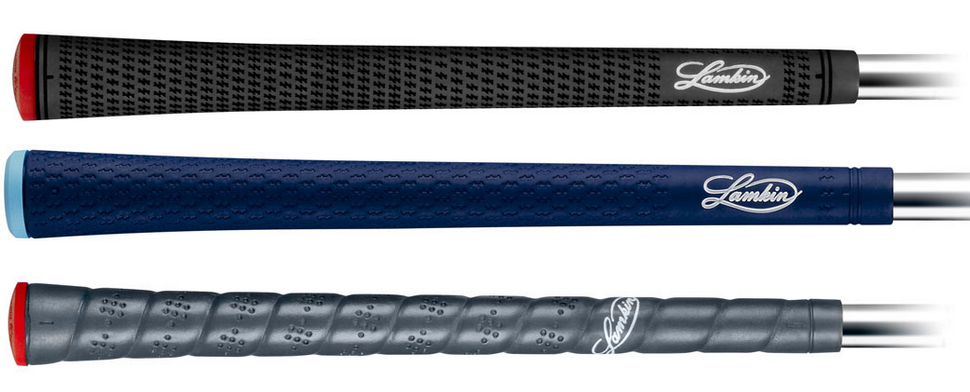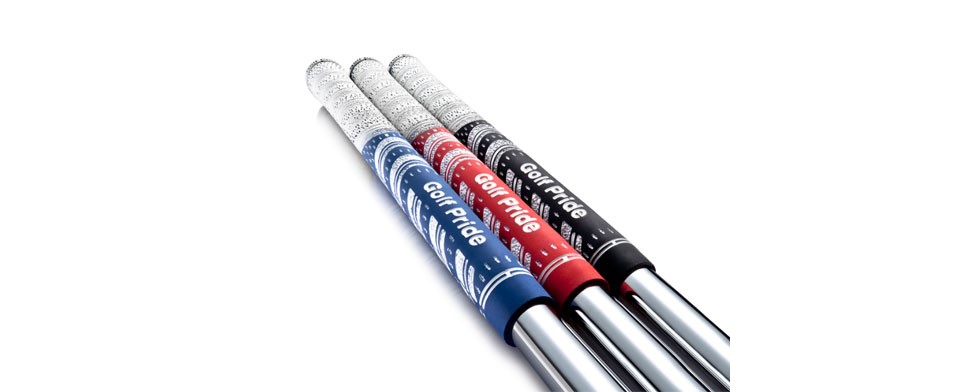Want to improve your play for the golf season ahead? There’s a simple and relatively inexpensive solution.
Get new grips and buy quality gloves that link your body and the club.
Yes, what I just said sounds elementary but an overwhelming percentage of players, low and high handicaps alike, set themselves up for failure in not doing so on a consistent basis.
For those failing to realize this, ignorance is truly bliss. So are higher scores that come from this omission.
In the age of the internet the volume of information tied to teaching golf is off the charts. Pet theories are front and center, but simple and effective solutions are rarely outlined.
Frankly, today’s instruction flow is a massive tidal wave washing over hapless souls desperately in need of assistance. Clinging to the ill-conceived notion that one magical nugget of information will miraculously turn their golf game around from horrific to heavenly.
The PGA Show just concluded in Orlando over a week ago and the hodge-podge of presenters eager to share their divine wisdom was in full operational mode.
I don’t fancy myself a golf teacher — my credentials are simply being a passionate golfer. As a writer I do have the power of observation and I sense one specific aspect an overwhelming number of golfers, and even instructors, fail to appreciate. And it’s a remedy that doesn’t cost much but can provide a foundation providing immense help.
What bad grips do?
Here’s the formula. See if it applies to you.
Bad grips + bad gloves = guaranteed bad golf.
Repeat after me.
Bad grips + bad gloves = guaranteed bad golf.
Let’s start on the grip side. Think of the moment you head to the 1st tee and are supposedly ready to play. There’s a whirlwind of different thoughts encountered. The desire to get off to a good start is always a priority.
With the golf season coming up do yourself a big favor and check out the grips on your clubs before you arrive at the first tee this year.
I work with a master clubmaker and fitter and the horror stories he has told me over the years about customers with grips so worn out you needed to strangle the club in order to keep it from sliding out of your hands are truer than many might imagine.
Proper gripping is not about choking the life out of the club you’re holding. Those doing so cannot play to their best level because the grips used have gone beyond their shelf life and are now only causing more bad swings rather than good ones.
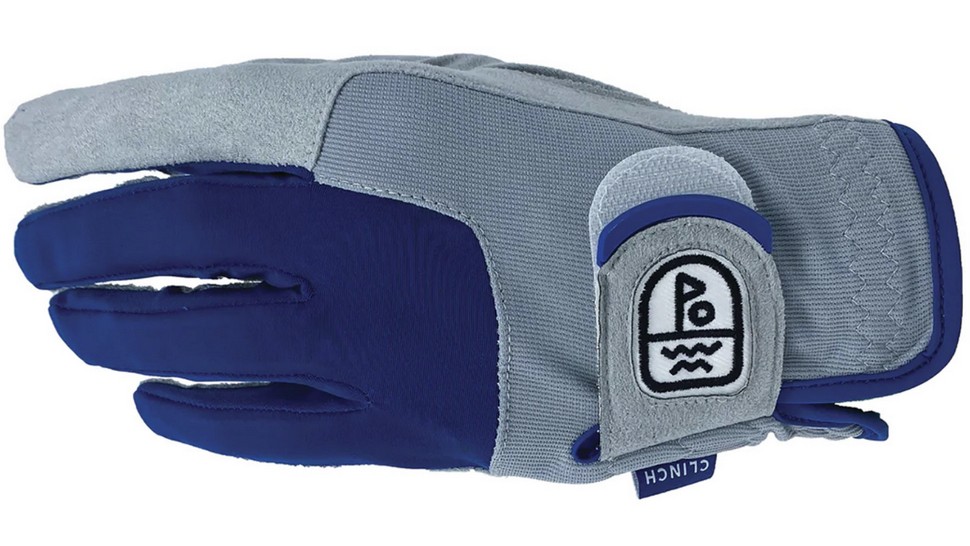
Sam’s parakeet illustration
Years ago, Golf Digest featured a swing tip from the legendary Sam Snead. The seven-time major champion outlined the importance of consistent grip pressure from your hands. Snead used the example of holding a parakeet in your hands. You have to hold it tight enough to prevent the bird from flying away but not so tight as to choke the life out of it.
There are plenty of golfers who will go on for years with the same grips. What’s laughable is these same golfers think about upgrading a car on a far more frequent basis than they do about the conditions of the grips on their clubs.
It’s elementary to say this but necessary that the only connector of the human body with a golf club comes with your hands. Good grips provide the necessary foundation for stability throughout the golf swing.
Getting the right grip
Grips are meant to do two crucial things; provide stability for your hand and allow you to properly release the clubhead when swinging through the shot.
Now I realize the costs for new grips have escalated in recent years because of the global supply chain being impacted by the pandemic. However, the cost of remaining ignorant on what poor grips mean to one’s success or failure when playing is indisputable.
The suggested cure for poor grips is to change them frequently. OK. But how often? The usual recommended remedy is once every season or when you hit the 40-round plateau.
Candidly, core golfers, those playing frequently, whether actually at the course or through consistent practicing, had best reconsider the timetable. Where clubs are stored also plays a key role. For those of you who place your golf bag in the trunk of your vehicle it’s best to realize excessive heat and cold can change the dynamics of grips.
Composite grips made by manufacturers today do not wear out evenly at different places on the grip. Rubber areas can get smoother faster than those with cord sections. The compounds that make up a grip will breakdown over time and that shelf life can be impacted by the care and attention paid.
Golf is a hard enough game to play in even the most ideal of circumstances. Grips are the only connection between golfer and club. If the proper fit between those two elements is not present the likelihood of real success when playing will be diminished and only get worse until corrected.
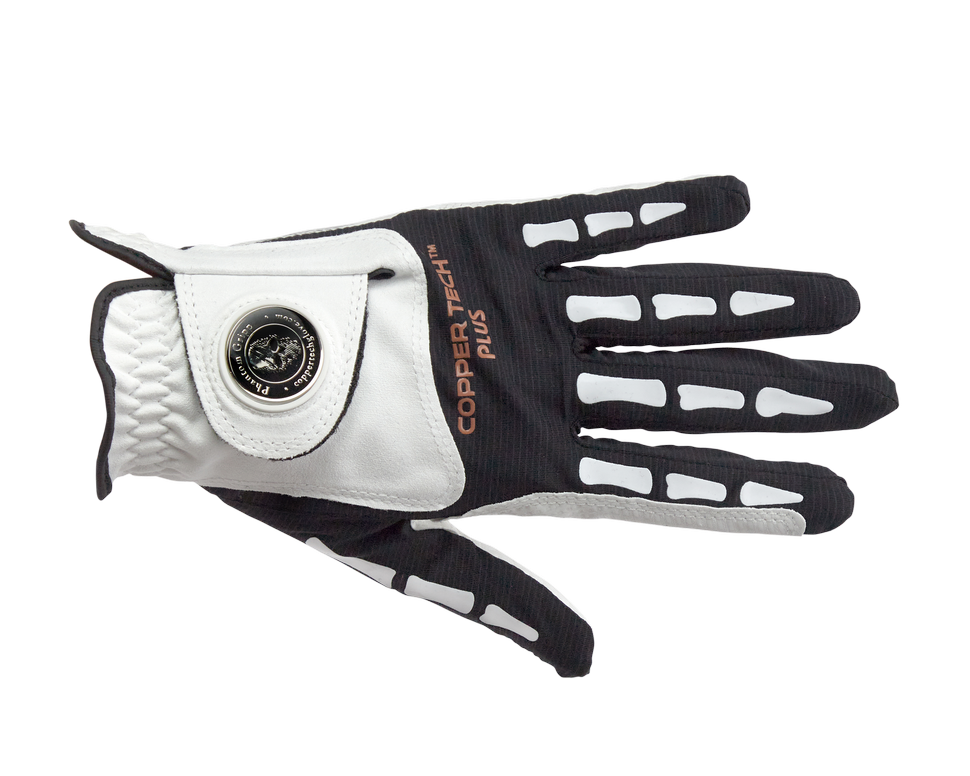
Why are you waiting?
Grips on the marketplace today are varied and come in a wide array of styles and colors. Individuals will need to test a number of them to find what works best. However, getting grips fitted correctly is a process that’s fairly simple.
Generally, golfers with larger hands will need thicker grip and vice versa for those with smaller hands. There’s no set formula that applies 100%. The feel of a grip for one player can mean different things to another.
It’s best for golfers to experiment and see what specific grip has the best overall connection. There’s objectivity in getting the correct grip type but ultimately personal feel is no less important.
I am quite fastidious about grips on my clubs. My fitter thinks I change grips almost to the level in which baseballs are rejected by umpires after touching the ground in a major league baseball game. That’s no exaggeration.
Once you have the sensation of a new grip — that feel is indescribable. Even if the clubs are older a new grip makes them young again.
The greatest benefit new grips provide is the absolute elimination that your potential to play your best is being held back.
Now, let’s explore the value in having the proper glove when playing.
***
Fit like a glove
The expression “fit like a glove” is ever so true when golfing. Most players employ at least one glove, normally on the left hand for a right-handed player in order to prevent slippage when holding a club.
Golf gloves come in an endless array of style and types. It’s amazing how many players will opt for a golf glove type that’s far better suited for doing work in the garden than in trying to swing a golf club.
As a general rule, the thicker the glove the more durable it will be to handle wear but at the same time the amount of feel you will have with your hands when holding the grip will be lessened.
Feel is central to any golf glove. The glove should provide stability so the club does not twist or turn when swinging. Ultimately, there’s a balancing act between durability and feel.
What type of gloves?
The marketplace is full of different types of gloves. Elite players on the PGA TOUR usually use ones with cabretta leather because of the requisite feel provided.
For players competing at the highest level the combination of texture and feel is central for success, dding a total connection to the club.
A number of companies now produce synthetic gloves which add to the overall life of a glove and therefore can be produced at a lower cost.
The issue for any golfer is to determine how much value you are seeking and weigh that against the performance provided. There is a cost in either situation. You have to determine if the added cost is worth the increased enhancement provided.
Golfers using gloves that are disintegrating because of excessive usage are only going to be held back in terms of performance. Hard to fathom why golfers keep such gloves in play when it’s clear their shelf life has expired.
Cost of gloves
The marketplace has a broad range of price points for golf gloves. The premier models can range beyond $25 for those providing the highest sensation of feel.
Not every golfer has the personal budget to go in that direction.
So, what game plan to follow?
Depending upon a person’s capacity to pay it may be best to keep premier model gloves just for your actual rounds of play. The extended lifetime for that glove type will be increased. Other types of gloves can be used when practicing so you don’t go through your allotted budget so quickly.
The net results? You get what you pay for.
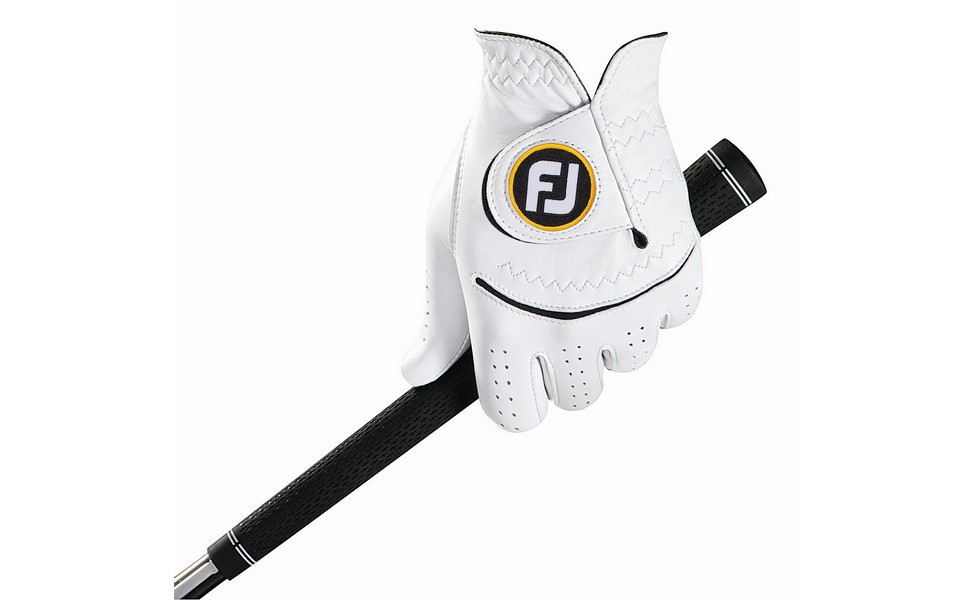
Length of usage / keeping them fresh?
The biggest issue with gloves is keeping them from drying out. Once that happens, they become more susceptible to tears developing. Placing them in a zip-lock bag can keep gloves at an optimum level but remember this; the more you play the more frequently you’ll need to take a bit of care in extending the usage.
A good rule of thought is having multiple gloves ready to use when playing. Changing them every few holes can keep your feel at a high level and preserve the life of a glove. This is especially so when heat and humidity increase dramatically during summer months.
Conclusion
Grips and gloves do not get the emphasis they certainly deserve. They are seen as side issues when the reality is far different. In any checklist it pays to be mindful of their importance.
So, remember this when you hear the phrase, “get a grip,” pay attention because there’s no pun intended.

